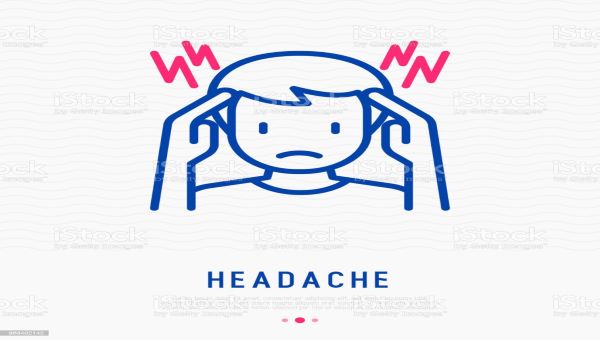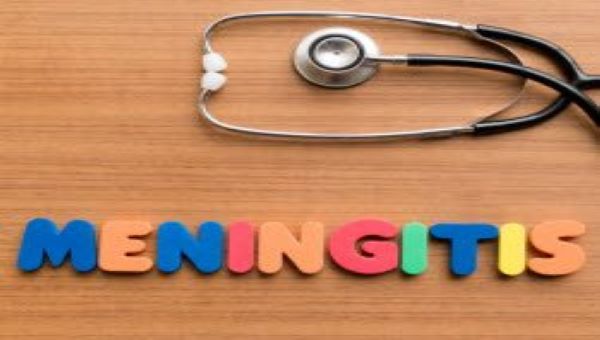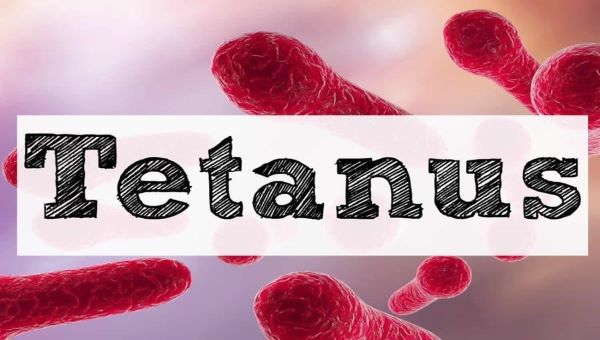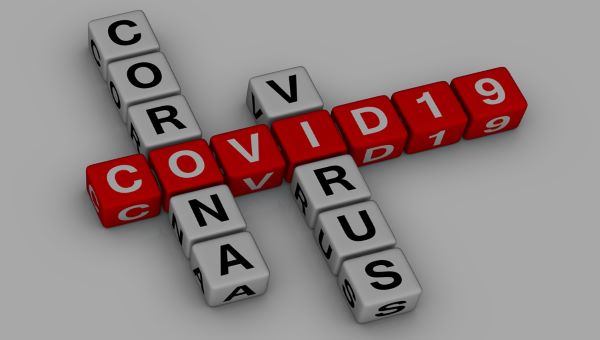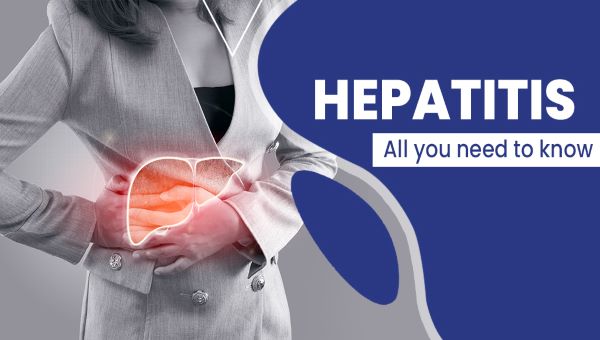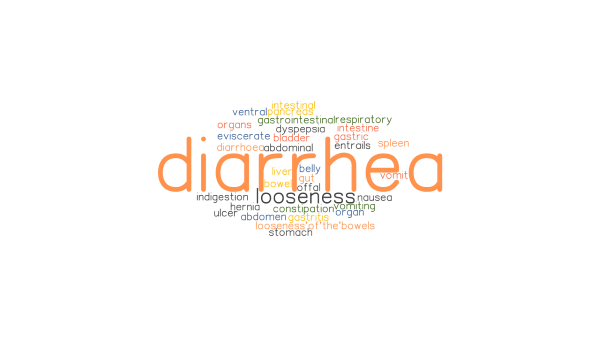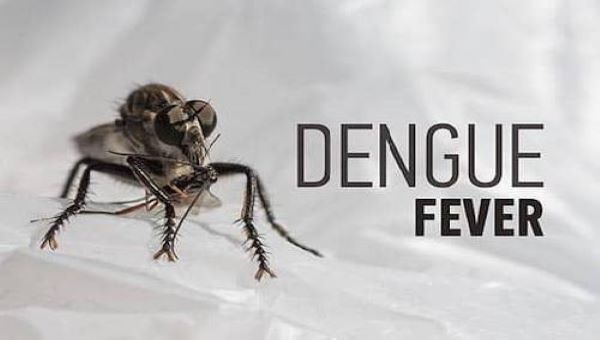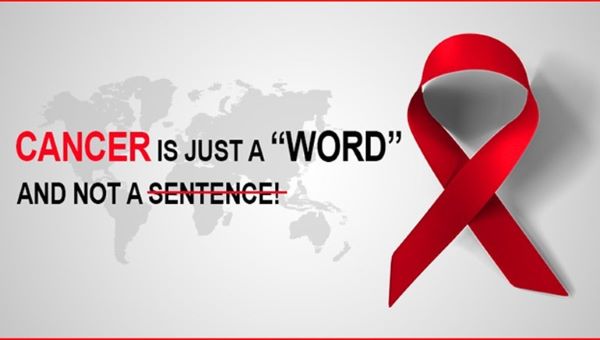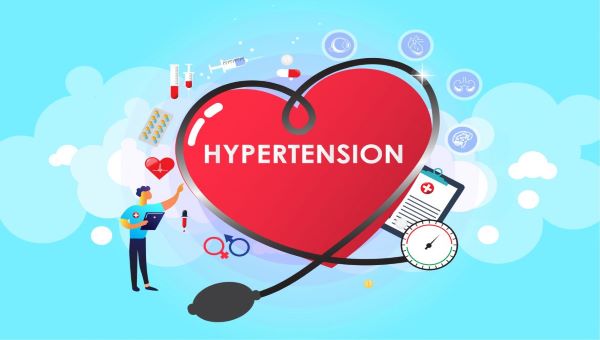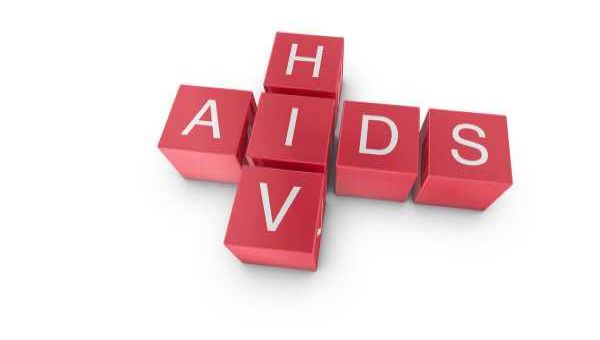Know more about headaches
Apr 22, 2022
14 Types of Headaches and How to Treat Them
Types of common headaches
Many of us are familiar with some form of the throbbing, uncomfortable, and distracting pain of a headache. There are different types of headaches. The common types of headaches include:
- Tension headache
- Cluster headache
- Migraine headache
- Hemicrania continua
- Ice pick headache
- Thunderclap headache
- Allergy or sinus headache (Note: This is not an official headache disorder. Rather, it’s a description of symptoms, which usually involve sinus pressure or pain.)
- Hormone headache (also known as menstrual migraine)
- Caffeine headache
- Exertion headache
- Hypertension headache
- Rebound headache
- Post-traumatic headache
- Spinal headache
Nearly everyone experiences a headache once in a while. The cause, duration, and intensity of this pain can vary according to the type of headache.
IMMEDIATE MEDICAL ATTENTION NEEDED
In some cases, a headache may require immediate medical attention. Seek immediate medical care if you’re experiencing any of the following symptoms alongside your headache:
- Stiff neck
- Rash
- The worst headache you’ve ever had
- Vomiting
- Confusion
- Slurred speech
- Fever of 100.4°F (38°C) or higher
- Paralysis in any part of your body
- Visual loss
If your headache is less severe, read on to learn how to identify the type of headache you may be experiencing and what you can do to ease your symptoms.
The most common primary headaches
Primary headaches occur when the pain in your head is the condition. In other words, your headache isn’t being triggered by something that your body is dealing with, like illness or allergies.

These headaches can be episodic or chronic:
- Episodic headaches may occur every so often but no more than 15 days in one month. They can last anywhere from half an hour to several hours.
- Chronic headaches are more consistent. They occur more than 15 days in a month. In these cases, a pain management plan is necessary.
Tension headache
If you have a tension headache, you may feel a dull, aching sensation all over your head. It isn’t throbbing. Tenderness or sensitivity around your neck, forehead, scalp, or shoulder muscles also might occur. Anyone can get a tension headache. Stress often triggers them.
Cluster headache
Cluster headaches are characterized by severe burning and piercing pain. They occur around or behind one eye or on one side of the face at a time. Symptoms may include:
- swelling, redness, flushing, and sweating on the side that’s affected by the headache
- nasal congestion and eye tearing on the same side as the headache
These headaches occur in a series. Each individual headache can last from 15 minutes to 3 hours. During a cluster, most people experience one to four headaches a day, usually around the same time each day. After one headache resolves, another will soon follow.
A series of cluster headaches can be daily for months at a time. In the months between clusters, people are symptom-free. Cluster headaches are more common in the spring and fall. They are also three times more common in men.
Migraine
Migraine pain is an intense pulsing from deep within your head. This pain can last for days. Migraine headaches significantly limit your ability to carry out your daily routine.
Migraine pain is throbbing and usually one-sided. People with migraine headaches are often sensitive to light and sound. Nausea and vomiting also usually occur.Some migraine headaches are preceded by visual disturbances. About one third of people will experience these symptoms before the headache starts. Known as a migraine aura, it may cause you to see:
- Flashing lights
- Shimmering lights
- Zigzag lines
- Stars
- Blind spots
Auras can also include tingling on one side of your face or in one arm and trouble speaking.
POSSIBLE MEDICAL EMERGENCY
The symptoms of a stroke can also mimic a migraine headache. If any of these symptoms are new to you, seek immediate medical attention.
Migraine headaches might run in your family, or they can be associated with other nervous system conditions. Women are three times more likely to develop migraine than men. People with post-traumatic stress disorder (PTSD) also have an increased risk of migraine.Common migraine triggers include environmental factors, such as:
- Sleep disruption
- Dehydration
- Skipped meals
- Some foods
- Hormone fluctuations
- Exposure to chemicals
Hemicrania continua
Hemicrania continuum is a moderate headache on one side of your head that lasts continuously for at least 3 months. You might feel periods of increased intensity a few times per day.
Researchers estimate it accounts for about 1 percent of trusted sources of headaches. It’s twice as common in women.
This type of headache may also be accompanied by:
- tearing or eye redness
- nasal congestion or runny nose
- eyelid drooping
- forehead sweating
- miosis
- restlessness or agitation
Ice pick headache
Primary stabbing headaches, or ice pick headaches, are characterized by short, intense stabbing pains in your head lasting only a few seconds.
These headaches can occur a few times per day and come on without warning. Ice pick headaches could feel like a single stab or multiple stabs in succession.
Ice pick headaches usually move around to different parts of your head. If you’re experiencing ice pick headaches that always occur in the same spot, it might be a symptom of an underlying condition.
Thunderclap headache
A thunderclap headache is an extremely severe headache that comes on rapidly, reaching peak intensity in under a minute. It may be benign, but it could also be a symptom of a serious condition requiring immediate medical attention.
In some cases, a thunderclap headache could indicate:
- blood vessel tears, ruptures, or blockages
- stroke
- brain injury
- reversible cerebral vasoconstriction syndrome (RCVS)
- vasculitis (inflammation of blood vessels)
- pituitary apoplexy (bleeding into or loss of blood from an organ)
The first time you experience a thunderclap headache, seek immediate medical attention. If a doctor determines that your headache is not caused by another condition, you can discuss a treatment plan for possible future thunderclap headaches.
The most common secondary headaches
Secondary headaches are a symptom of something else that is going on in your body. If the trigger of your secondary headache is ongoing, your headaches can become chronic. Treating the primary cause generally brings headache relief.
Allergy or sinus headache
Headaches sometimes happen as a result of an allergic reaction. The pain from these headaches is often focused in your sinus area and in the front of your head.
Migraine headaches are commonly misdiagnosed as sinus headaches. In fact, up to 90 percent of “sinus headaches” are actually migraine, according to the American Migraine Foundation. People who have chronic seasonal allergies or sinusitis are susceptible to these kinds of headaches.
Hormone headache
Women commonly experience headaches that are linked to hormonal fluctuations. Menstruation, using birth control pills, and pregnancy all affect estrogen levels, which can cause a headache.
Those headaches associated specifically with the menstrual cycle are also known as menstrual migraine. These can occur right before, during, or right after your period, as well as during ovulation.
Caffeine headache
Caffeine affects blood flow to your brain. Having too much can give you a headache, as can quitting caffeine “cold turkey.” People who have frequent migraine headaches are at risk of triggering a headache due to caffeine use.
When you’re used to exposing your brain to a certain amount of caffeine, a stimulant, each day, you might get a headache if you don’t get caffeine. This may be because caffeine changes your brain chemistry, and withdrawal from it can trigger a headache.
Exertion headache
Exertion headaches happen quickly after periods of intense physical activity. Weightlifting, running, and sexual intercourse are all common triggers for an exertion headache. It’s thought that these activities cause increased blood flow to your skull, which can lead to a throbbing headache on both sides of your head.
An exertion headache shouldn’t last too long. This type of headache usually resolves within a few minutes or several hours.
Hypertension headache
High blood pressure can cause a headache. This kind of headache signals an emergency. It occurs when your blood pressure becomes dangerously high.
A hypertension headache will usually occur on both sides of your head and is typically worse with any activity. It often has a pulsating quality.
MEDICAL EMERGENCY
If you think you’re experiencing a hypertension headache, seek immediate medical attention. Call 911 or go to the nearest emergency room if you have:
- changes in vision
- numbness or tingling
- nosebleeds
- chest pain
- shortness of breath
You’re more likely to develop this type of headache if you’re treating high blood pressure.
Rebound headache
Rebound headaches, also known as medication overuse headaches, can feel like a dull, tension-type headache, or they may feel more intensely painful, like a migraine headache.
You may be more susceptible to this type of headache if you frequently use over-the-counter (OTC) pain relievers. Overuse of these medications leads to more headaches, rather than fewer.
Rebound headaches are likelier to occur anytime OTC medications are used more than 15 days out of a month. These OTC medications include:
- acetaminophen
- ibuprofen
- aspirin
- naproxen
They’re also more common with medications that contain caffeine.
Post-traumatic headache
Post-traumatic headaches can develop after any type of head injury. These headaches feel like migraine or tension headaches. They usually last up to 6 to 12 months after your injury occurs. They can become chronic.
Spinal headache
A spinal headache is the result of low cerebrospinal fluid pressure following a lumbar puncture. For this reason, it’s also known as a post-dural puncture headache. You might feel this headache in your:
- forehead
- temples
- upper neck
- back of the head
Research estimates that spinal headaches follow a lumbar puncture between 10 and 40 percent trusted sources of the time. Onset usually begins within 2 to 3 days but could start several months later.
Other symptoms of spinal headache include:
- nausea
- neck pain
- dizziness
- visual changes
- tinnitus
- hearing loss
- radiating pain in the arms
When to see a doctor
In most cases, episodic headaches will go away within 48 hours. If you have a headache that lasts more than 2 days or that increases in intensity, see a doctor for help.
If you’re getting headaches more than 15 days out of the month over a period of 3 months, you might have a chronic headache condition. Even if you’re able to manage the pain with OTC medications, see a doctor for a diagnosis.
Headaches can be a symptom of more serious health conditions, and some do require treatment beyond OTC medications and home remedies.
Diagnosing headaches
Because there are many types of headaches, there are many methods that might be used to diagnose which type of headache you are experiencing. It’s important to figure out whether you’re having a primary or secondary headache to receive effective treatment.
You can expect your headache diagnosis to begin with a physical exam and a thorough medical history. If possible, keep a “headache journal” in the weeks leading up to your doctor’s appointment. Document each of your headaches, including:
- duration
- intensity
- location
- possible triggers
Your primary care doctor might also refer you to a specialist, such as a neurologist. For some headache types, you could require diagnostic tests to determine the underlying cause. These tests can include:
- MRI or CT scan
- lumbar puncture
- blood tests
Management and treatment
Different types of headaches will be managed differently. Treatments could range from simple dietary adjustments to invasive procedures performed by a medical professional.
Not everyone will respond to the same treatments, even for the same types of headaches. If you’re experiencing headaches that you’re not able to treat on your own, speak with a doctor about putting together a treatment plan.
Read on to learn more about the most common treatments for each type of headache.
Tension headache
An OTC pain reliever may be all it takes to relieve your occasional headache symptoms. OTC pain relievers include:
- aspirin
- ibuprofen (Advil)
- naproxen (Aleve)
- acetaminophen and caffeine
If OTC medications aren’t providing relief, your doctor may recommend prescription medication, such as:
- indomethacin
- meloxicam (Mobic)
- ketorolac
When a tension headache becomes chronic, a different course of action may be suggested to address the underlying headache trigger.
Cluster headache
A doctor may recommend the following to provide relief for the symptoms:
- oxygen therapy
- sumatriptan (Imitrex)
- local anesthetic (lidocaine)
After a diagnosis is made, your doctor will work with you to develop a prevention plan. The following may put your cluster headaches into a period of remission:
- corticosteroids
- melatonin
- topiramate (Topamax)
- calcium channel blockers
Migraine
If OTC pain relievers don’t reduce migraine pain during an attack, a doctor might prescribe triptans. Triptans are drugs that decrease inflammation and change the flow of blood within your brain. They come in the form of nasal sprays, pills, and injections.
Popular options include:
- sumatriptan (Imitrex)
- rizatriptan (Maxalt, Axert)
Speak with a doctor about taking a daily medication to prevent migraine headaches if you experience headaches that are:
- debilitating more than 3 days a month
- somewhat debilitating 4 days a month
- lasting longer than 6 days a month
According to a 2019 review, preventive migraine medications are significantly underused: Only 3 to 13 percent of those with migraine take preventive medication, while up to 38 percent actually need it.
Preventing migraine greatly improves quality of life and productivity.
Useful preventive migraine medications include:
- propranolol (Inderal)
- metoprolol (Toprol)
- topiramate (Topamax)
- amitriptyline
Hemicrania continua
One of the defining characteristics of hemicrania continua is a complete response to indomethacin, a drug in the nonsteroidal anti-inflammatory drug (NSAID) family. A low dose three times daily with meals usually relieves symptoms within 24 hours.
Taking indomethacin can have side effects, especially at higher doses, so taking the lowest effective dose is generally recommended.
Ice pick headache
Ice pick headaches can be difficult to treat because they last for such a short duration. Most ice pick headaches are over before you have a chance to do much about them.
You might decide to take preventive measures to reduce the frequency or intensity of future headaches. Treatments could include:
- indomethacin
- gabapentin
- cyclooxygenase-2 (COX-2) inhibitors
- melatonin
- external hand warming
Thunderclap headache
If your thunderclap headache is the result of another condition, you will need to treat the underlying condition.
In the event that your thunderclap headache is not caused by something else, it’s a primary thunderclap headache. These could be treated with NSAIDs, such as indomethacin. Other treatments for thunderclap headaches include trusted Sources:
- calcium channel blockers
- beta-blockers
- topiramate
- lithium
- triptans
Allergy or sinus headache
Sinus headaches are treated by thinning out the mucus that builds up and causes sinus pressure. Options include:
- nasal steroid sprays
- OTC decongestants like phenylephrine (Sudafed PE)
- antihistamines like cetirizine
A sinus headache can also be a symptom of a sinus infection. In these cases, your doctor may prescribe antibiotics to clear the infection and relieve your headache and other symptoms.
Hormone headache
OTC pain relievers like naproxen (Aleve) or prescription medications like frovatriptan (Frova) can work to manage pain.
According to a 2015 study, about 60% of women with migraine also experience menstrual migraine, so alternative remedies may have a role in decreasing overall headaches per month. The following may help:
- relaxation techniques
- yoga
- acupuncture
- eating a modified diet
Caffeine headache
Keeping your caffeine intake at a steady, reasonable level — or quitting it entirely — can prevent these headaches from happening.
Exertion headache
OTC pain relievers, such as aspirin or ibuprofen (Advil), typically ease symptoms.
If you develop exertion headaches often, see a doctor. In some cases, they may be a sign of a serious underlying condition.
Hypertension headache
These types of headaches typically go away soon after blood pressure is under better control. They shouldn’t reoccur as long as high blood pressure continues to be managed.
Rebound headache
The only treatment for rebound headaches is to wean yourself off of the medication that you’ve been taking to manage pain. Although the pain may worsen at first, it should completely subside within a few days.
A good way to prevent medication overuse headaches is to take a preventive daily medication that doesn’t cause rebound headaches and prevents the headaches from occurring to begin with.
Post-traumatic headache
Doctors often prescribe the following medications to manage these headaches:
- triptans
- sumatriptan (Imitrex)
- beta-blockers
- amitriptyline
Spinal headache
Initial treatment for spinal headaches usually includes pain relievers and hydration. It also helps to avoid being in an upright position. Symptoms typically go away on their own after a week or two.
In some cases, an epidural blood patch might be used. This is a procedure in which a small amount of blood is taken from your body and injected back into your epidural space. It can help stop cerebrospinal fluid from leaking, which in turn stops the headaches.
Can you prevent headaches?
Many headaches can be managed with preventive measures, but the methods will differ by headache type. Some headache types might be prevented with medication, while others might be caused by the same medication. For this reason, it’s important to know what works for you.
Discuss preventive treatments with a doctor to find a plan that fits your needs. Headache prevention could mean reduced headache frequency or intensity, or prevention of headaches altogether.
In general, many headaches can be prevented or improved with lifestyle changes including:
- getting enough sleep on a regular schedule
- getting enough to eat, and eating balanced meals
- staying hydrated
- getting adequate regular exercise
- managing stress
Migraine headaches may be prevented with calcitonin gene-related peptide (CGRP) medication. The Food and Drug Administration (FDA) has approved one CGRP medication, Emgality, to prevent cluster headaches.

